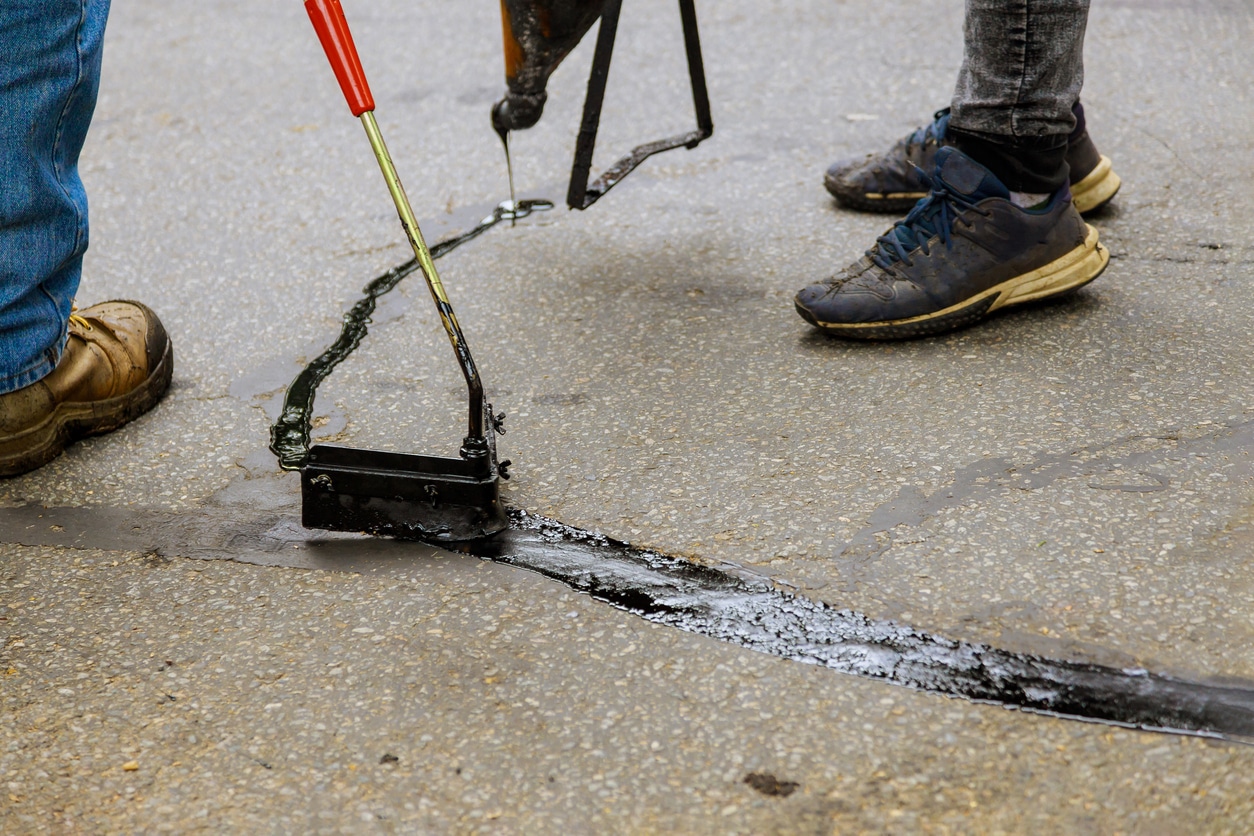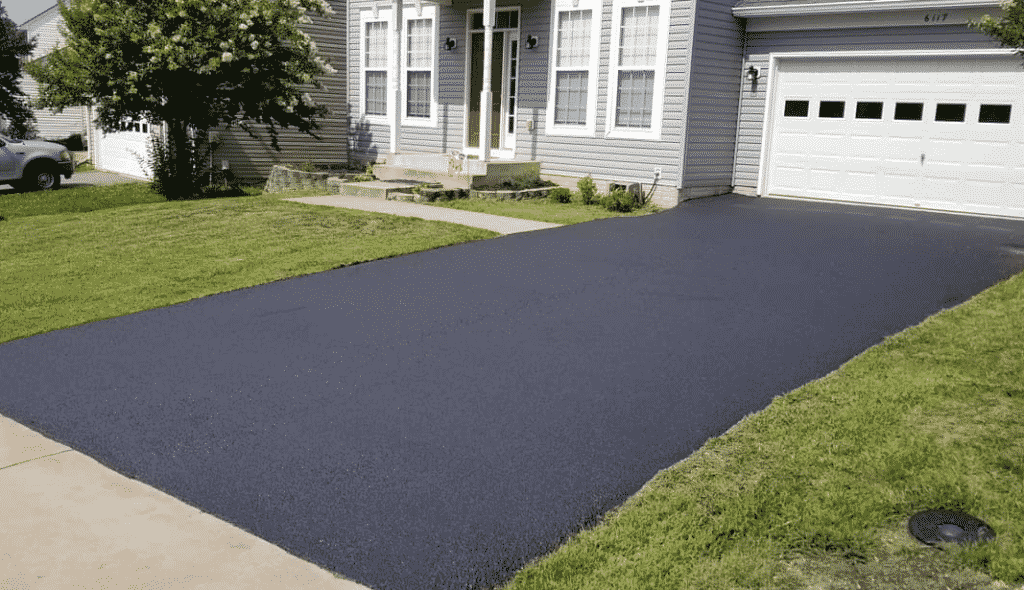Effective Asphalt Repair: Cold Mix Sealing Techniques Unveiled
Effective Asphalt Repair: Cold Mix Sealing Techniques Unveiled
Blog Article
Cold Mix Asphalt Vs. Hot Mix Asphalt: Which Is Right for You?

Make-up Differences
Cold mix asphalt is generated by emulsifying the asphalt binder with water and an emulsifying representative prior to blending it with aggregate. The hot mix asphalt production process includes warming the aggregate and asphalt binder individually before integrating them at the asphalt plant.
Moreover, cold mix asphalt often tends to be much less thick and extra adaptable than warm mix asphalt. This flexibility makes it better matched for locations with greater degrees of movement, such as driveways or roadways with hefty web traffic. On the other hand, hot mix asphalt is recognized for its high durability and resistance to rutting and cracking, making it a recommended choice for highways and high-traffic roads where long life is critical.
Installment Process Differences
The process of mounting cool mix and hot mix asphalt displays notable differences in their procedures and demands. In contrast, hot mix asphalt necessitates a much more fancy installment process. Due to the home heating demands, warm mix asphalt setups are typically carried out by experts with specialized devices, ensuring an extra permanent and structurally audio result.
Resilience and Durability Aspects
When considering asphalt options, durability and long life are vital aspects to assess for lasting pavement performance. Warm mix asphalt (HMA) is known for its outstanding longevity and long life.
In terms of long life, HMA commonly outshines CMA due to its premium stamina and resistance buildings. HMA sidewalks have a longer life span, needing much less frequent fixings and maintenance, which can convert to cost financial savings in the future. Additionally, HMA sidewalks are much more conveniently customizable to fulfill particular task requirements, better improving their durability.
Price Considerations
Considering the monetary ramifications is an important element when examining the option between hot mix asphalt (HMA) and cold mix asphalt (CMA) for pavement projects. While the first price of warm mix asphalt is commonly greater than that of chilly mix asphalt, HMA typically supplies a much more affordable solution in the long run due to its premium longevity and long life.
In enhancement to material find costs, it's crucial to consider the costs related to setup and upkeep when comparing HMA and CMA. HMA normally calls for customized tools and experienced labor for correct installation, which can impact overall task costs. On the other hand, CMA is easier to work with and can frequently be used utilizing easier techniques, possibly decreasing installment expenditures. Eventually, the choice between HMA and CMA ought to take into consideration not simply the preliminary cost but additionally the long-lasting financial effects to identify the most cost-efficient option for the details sidewalk job.
Environmental Influence Comparison
Comparison of the ecological effects between warm mix asphalt (HMA) and cool mix asphalt (CMA) exposes unique differences in sustainability practices. HMA manufacturing needs high temperatures, leading to enhanced energy consumption and greenhouse gas discharges. The process also launches volatile natural substances (VOCs) and unsafe air pollutants (HAPs) right into the environment. On the other hand, CMA is generated and used at lower temperature levels, minimizing energy use and exhausts substantially. The reduced production temperatures of CMA cause decreased fuel intake and reduced degrees of carbon dioxide exhausts, making it a much more eco-friendly alternative.
Moreover, the use of CMA typically entails recycling existing asphalt sidewalk, advertising source conservation and decreasing the quantity of waste sent out to garbage dumps. By check my blog opting for CMA over HMA, roadway building jobs can add favorably to ecological preservation efforts.
Conclusion
Finally, the selection between chilly mix asphalt (CMA) and warm mix asphalt (HMA) depends upon various aspects such as structure, installation process, toughness, longevity, cost, and ecological impact. angle parking. While CMA uses a economical and quick option for minor repairs, HMA ensures exceptional durability and longevity for hefty website traffic areas. Think about these factors meticulously to establish which sort of asphalt is the ideal choice for your paving needs

Considering the economic implications is a vital facet when reviewing the selection between pop over here hot mix asphalt (HMA) and chilly mix asphalt (CMA) for sidewalk tasks. While the first price of warm mix asphalt is generally greater than that of chilly mix asphalt, HMA usually provides a more cost-efficient remedy in the long run due to its superior sturdiness and long life. angle parking.Contrast of the ecological effects in between warm mix asphalt (HMA) and cold mix asphalt (CMA) discloses distinct differences in sustainability techniques.In verdict, the selection between cold mix asphalt (CMA) and warm mix asphalt (HMA) depends on different elements such as structure, installation procedure, resilience, longevity, cost, and ecological effect
Report this page